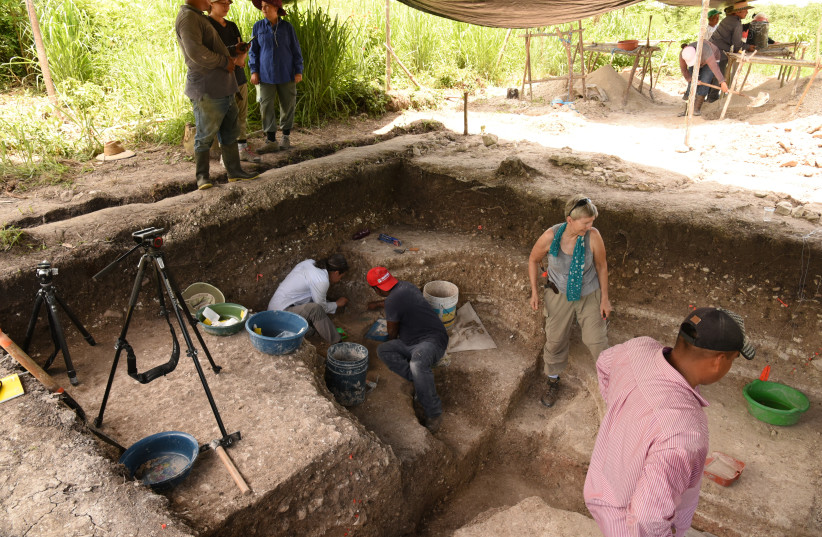Scientists have found new evidence of early use of the Mesoamerican calendar hundreds of years before written evidence suggests, shedding new light on the astronomical studies and practices of the ancient Olmecs and Mayans, a new study shows.
The findings of this study were published in the peer-reviewed academic journal Science Advances.
The study itself further sheds light on Mesoamerican history and shows that not only did these ancient cultures use a calendar long before written evidence existed, but it goes back even farther than previously believed.
Mesoamerican history and the origin of calendars
The cultures in the Formative period of ancient Mesoamerica (1100 BCE to 250 CE) stretched out throughout Central America, with advanced cultures like the Olmecs and the Mayans creating their own civilizations, cultures and architecture.
One thing to note about Mesoamerican culture, however, was the existence of their calendar.

While there were a few kinds of calendars in use, the most famous kind is the 260-day calendar. This was widespread throughout Mesoamerica and did not exist outside it.
This calendar played extremely important roles in Mesoamerican society, being associated with important rituals and religious cosmology and giving names, among other things.
Historically, it was unclear why the calendar was specifically given 260 days, though theories existed, like how the numbers 13 and 20 were important to the Mayans. But either way, the calendar is also unique for just how different it is from calendars in antiquity in other parts of the world.
Calendars are fascinating because largely speaking, most of them tended to be rather similar in structure, being usually built around the solar or lunar cycle. As such, most calendars accounted for 12 months with 30 days each, give or take a few.
By contrast, the Mesoamerican calendar was so distinctly different, though it should be noted that a 365-day calendar was also used in Mesoamerican culture, albeit differently.
But when did the Mesoamerican cultures like the Olmecs and Mayans actually create their calendar?
We don't even know who made it, though many have theorized that the Olmecs had been the one to advance it and spread it.
The earliest known calendar was dated to sometime between 700 BCE to 500 BCE, but many have theorized it could go back even further.
However, this new study may have pushed back the date even farther, to around 1100 BCE.
Ariel scans revealed a surprising discovery
This new discovery was made possible thanks to analyzing ancient Olmec and Mayan archaeological sites in the southern coast of the Gulf of Mexico.
To figure this out, the researchers made use of aerial laser scanning to analyze the orientations of several ceremonial architectural complexes in the area.
This area spanned a total of 84,516 square kilometers and connected the western Maya Lowlands with the Olmec core zone. This saw 33,935 different architectural complexes.
However, the researchers were most concerned with 415 specific complexes and their astronomical orientations, and what they would have been back in the Formative periods.
They then took into account the pattern of dates marked by solar alignment. This was to see if they would align with the rising and setting of the Sun and Moon in sync with the 260-day calendar.
Synchronicity here would make sense since it would imply that the calendar was used for agricultural rituals, something dependent on seasons and the rising and setting of the Sun and Moon.
The advanced understanding of the Mayans
What the researchers found was that most of these complexes seemed perfectly aligned.
The angles of the complexes corresponded to how the Sun and Moon would rise and set. There were orientations that seemed to also correspond with other astronomical phenomena, such as the extremes of Venus, which was thought to herald rains and harvests.
What this ultimately indicates is that Mesoamerican cultures like the Mayans may have had some very advanced and sophisticated understanding of the stars even all the way back in 1100 BCE.
But the fact that they were all constructed in such a way that matched up with the 260-day calendar shows that the calendar itself was likely in use back then, too – several hundred years earlier than was previously believed.
